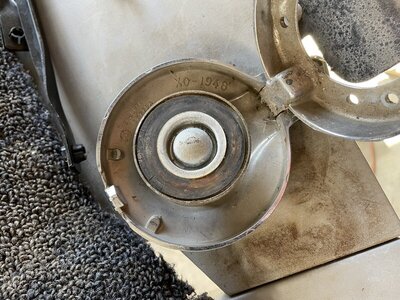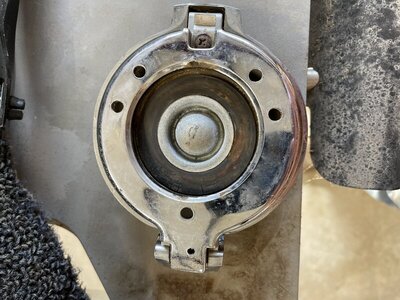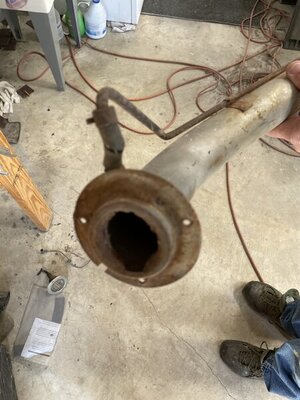Mheiron
Well-Known Member
I’m trying to understand the “right way” to run the vent line for a new Aeromotive Stealth fuel tank. The car is a 69 Charger with a Hellcrate up front.
The vent originally ran back up to the filler neck and I believe the cap itself is vented.
My question, is the “vented gas cap” adequate for this high performance application?
If l avoid the filler neck option l was considering alternate vent locations but:
A new vent line and rollover valve is supposed to be located above the rest of the fuel system (including the filler neck). It is also recommended to vent outside the car. I don’t think such a location exists on a 69 Charger with cap located at the top of the rear fender.
This Stealth tank came with 4 vent tubes so they must think it takes a lot of venting.
Thanks for any thoughts or previous experience!
The vent originally ran back up to the filler neck and I believe the cap itself is vented.
My question, is the “vented gas cap” adequate for this high performance application?
If l avoid the filler neck option l was considering alternate vent locations but:
A new vent line and rollover valve is supposed to be located above the rest of the fuel system (including the filler neck). It is also recommended to vent outside the car. I don’t think such a location exists on a 69 Charger with cap located at the top of the rear fender.
This Stealth tank came with 4 vent tubes so they must think it takes a lot of venting.
Thanks for any thoughts or previous experience!


















